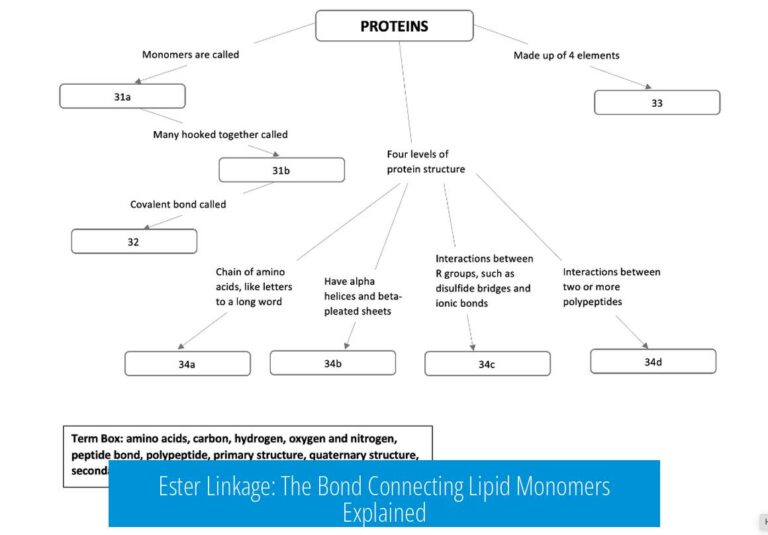Melting Point of Naphthalene
 The melting point of naphthalene typically lies between 79°C and 81°C, with an accepted literature value around 80.26°C. Experimental measurements within this range indicate sufficient purity of the sample.
The melting point of naphthalene typically lies between 79°C and 81°C, with an accepted literature value around 80.26°C. Experimental measurements within this range indicate sufficient purity of the sample.
Experimental Melting Point Range
In practice, when measuring the melting point of naphthalene, the observed range often spans two degrees Celsius. For example, a melting point recorded as 79-81°C is considered precise enough to confirm the sample’s purity.
It is crucial to report the full melting range rather than only the midpoint. If the measurement is done carefully, documenting the temperature range where melting starts and ends offers a better representation of sample quality.
Literature and Theoretical Values
The commonly cited melting point for naphthalene is around 80.26°C. However, this figure may reflect a theoretical or ideal value found in reference books rather than direct experimental observation. Real measurements vary slightly due to factors like sample purity and experimental technique.
Regional Differences in Reporting
Melting point reporting conventions vary geographically. For instance, in Europe, the melting point might be reported as the “meniscus temperature”—the temperature when the liquid phase reaches the surface in a capillary tube.
Other regions typically note the clear point, which is when the entire sample becomes molten. Understanding these distinctions is important when comparing melting points from different sources.
Significance of Melting Point in Purity Analysis
The melting point range offers a practical tool to assess the purity of solid organic compounds like naphthalene. Pure substances have narrow melting ranges usually within 1–2 degrees.
Broader or depressed melting ranges suggest impurities or experimental errors.
Summary of Key Points
- Naphthalene melts generally between 79°C and 81°C.
- Report the full melting range from start to complete melt, not just the midpoint.
- Common literature value near 80.26°C may be theoretical rather than strictly experimental.
- Regional practices affect how melting points are reported (meniscus vs. clear point).
- Narrow melting ranges imply higher purity of the sample.





Leave a Comment